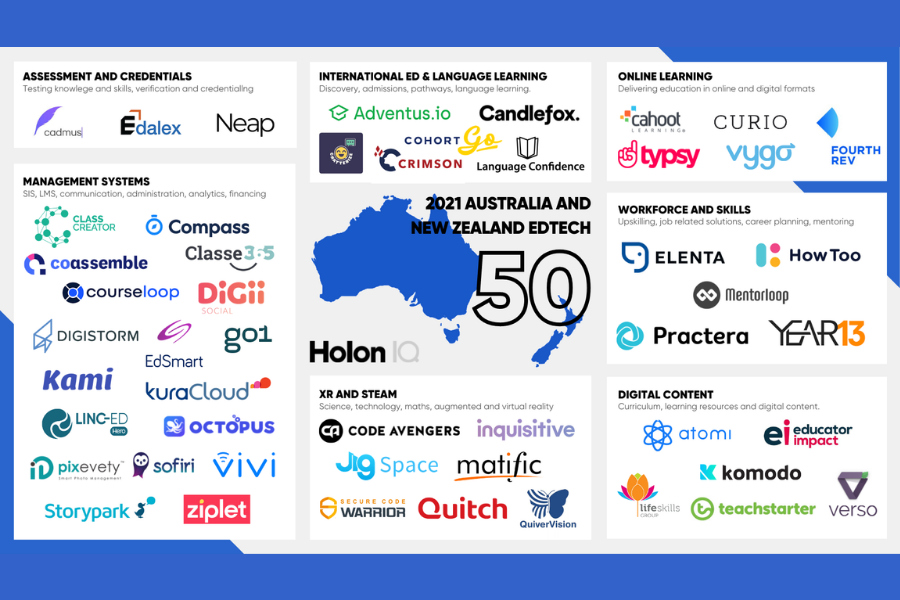All Australian students have experienced interruptions to their education over the past 2 years due to COVID.
However, the extent and duration of school closures has varied significantly across states and territories. Melbourne students missed about 20 weeks of face-to-face school in 2020 and have so far already missed more than 10 weeks in 2021. The closure of schools has meant rapid, widespread, and potentially permanent changes to traditional modes of teaching and learning. We cannot predict with certainty if schools will return to how they were 2 years ago, but we know that both teachers and students have grown a deeper knowledge and practice of technology.
Teachers have scrambled to research and implement innovative technologies at a rapid rate. Language App’s, virtual tutoring, content delivery systems, video conferencing tools, online learning software, digital assessment and back end data recording software have now become part of our daily teaching. Teachers often have little or no training, often work with insufficient bandwidth and are given little time to prepare. Most would assume that these factors contribute to a poor experience; however, many experiences have promoted expediential professional growth.
There are a couple of key points to consider when implementing new technologies in schools that can help to ensure a smooth transition.
- Validate and prioritise teacher training.
- Stay engaged with the technology in terms of its usage and benefits that it brings to your teaching and students.
- Ensure parents and students understand the value in the new technology.
Even though teachers are notoriously time poor professionals, validating and prioritising staff training has been shown to have enormous positive impact on teacher wellbeing and productivity. Continuous discussion and casual sharing of experiences with the recent technology among colleagues at staff meetings is critical. It takes a lot of time to learn and to implement the technology effectively, so it is important not to “forget” about it. Engaging parents and students during the introduction of the new technology ensures that there is a holistic view of the value that the technology brings. This collective view helps to ensure greater engagement and ultimately a smooth and successful implementation.



